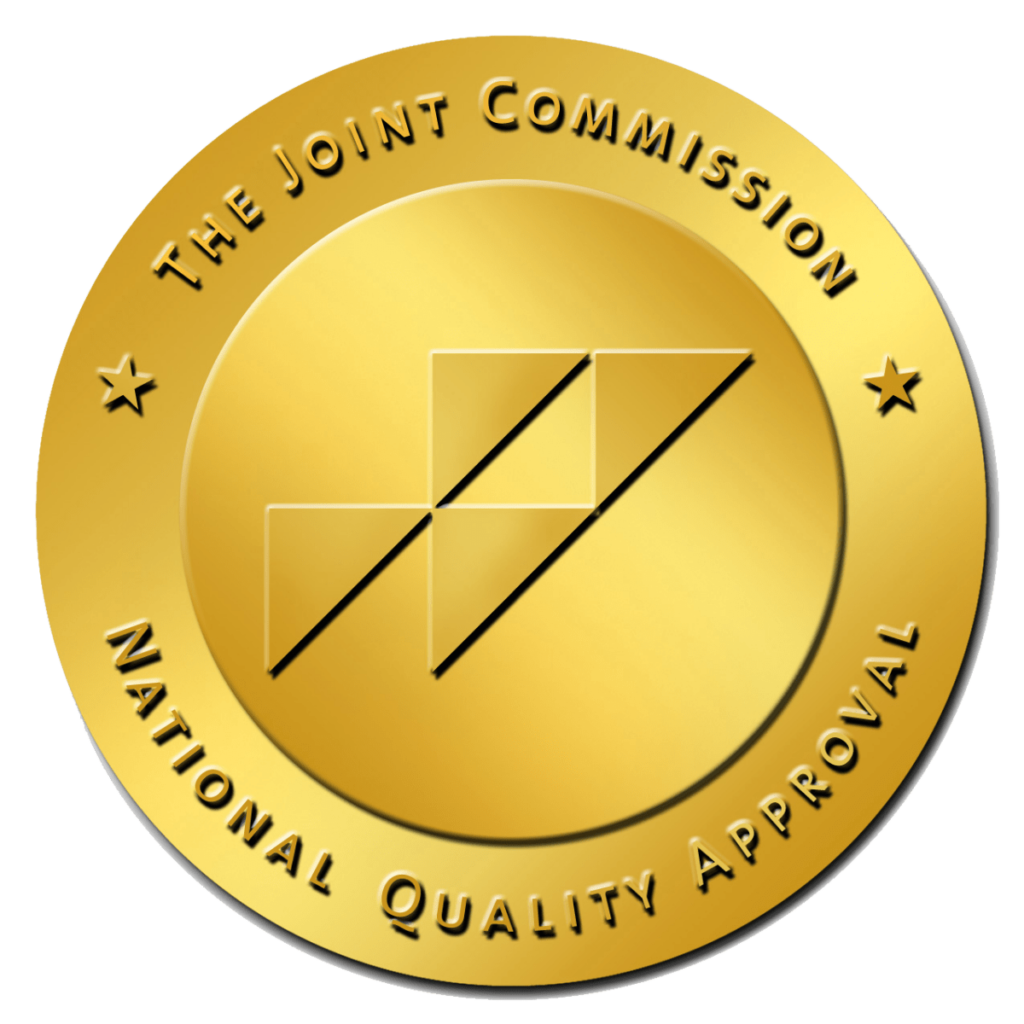For a long time, it was believed that attention deficit hyperactivity disorder (ADHD) was a condition that mostly impacted boys and was eventually outgrown in adolescence or adulthood. In recent decades, however, researchers have found that this is not the case. Both boys and girls can develop ADHD, and it does not necessarily go away later in life.
Why is ADHD Often Undiagnosed in Girls?
Because the disruptive behaviors boys with ADHD typically display, including impulsivity and hyperactivity, created more of an issue for parents and teachers, this specific behavior triggered the referral for treatment and became the diagnostic criteria for the condition. Meanwhile, girls with ADHD are less likely to exhibit these specific behaviors, instead showing a set of symptoms that are easily overlooked by adults. ADHD in girls more often looks like:
- Forgetfulness
- Trouble paying attention
- Problems with organization
- Co-occurring depression and/or anxiety
Even when girls are treated for the co-occurring depression and anxiety they experience, their ADHD symptoms often go unnoticed because they do not meet the diagnostic criteria for ADHD.
Masters of Disguise
Girls may also learn to mask their symptoms or develop coping skills to compensate for the areas in which they struggle. By setting reminders on their phones, leaving themselves notes, relying heavily on a trusted day planner, or having a set of rituals for ensuring they complete every step of a process, girls and women find ways to adapt, but often at a cost to their own mental health.
Adult women with undiagnosed ADHD often feel as though there is something wrong with them. Recognizing that they struggle with things that others seem to find easy often leads them to label themselves as lazy, stupid, irresponsible, or otherwise defective.
Not Just for Kids
Because hyperactivity was considered a hallmark of ADHD, and this specific symptom tends to dissipate with age, it was initially thought that ADHD was a condition that only affects children. Research in more recent decades, however, has shown that the symptoms women and girls experience with ADHD do not disappear on their own and that they can create long-lasting issues in the person’s life. In fact, a lot of women in their 30s and 40s are now receiving ADHD diagnoses for the first time, often because one of their children has been diagnosed as ADHD.
Due to delayed diagnosis and decades of negative messages from the world around them, adult women with ADHD often show symptoms similar to post-traumatic stress disorder (PTSD); the trauma they experienced in their education created a reaction of long-term distress and fear.
Different Flavors of ADHD
Because ADHD does not look the same in every patient, it has been divided into different types:
- Fidgeting, squirming and leaving one’s seat at inappropriate times
- May talk a lot
- Constantly on the move, running from place to place
- Struggling with patience and waiting their turn
- Blurting things out and interrupting other people
- Trouble focusing on quiet tasks like reading
- Daydreaming and getting distracted
- Missing important details and making careless mistakes
- Struggling with organization and losing things
- Avoidance of tasks that require a high degree of focus
- Forgetfulness
- Trouble completing tasks
- Combined Type
- Has symptoms of both, the inattentive and disruptive types of ADHD.
How ADHD is Treated
ADHD is generally treated with a combination of medication and therapy. Parents may also be able to learn ways to help their child cope with ADHD, including:
- Helping the child to make lists of chores and homework assignments they need to complete.
- Breaking down things they need to complete into smaller, more specific pieces. Instead of telling them to clean the bathroom, for example, it might be helpful to ask them to clean the sink, tub, and toilet, and then to sweep and mop the floor.
- Helping the child to stay organized by ensuring everything has a consistent place where they can always find it.
- Reducing distractions like TV, radio, video games, and computers at home.
- Providing rewards when children are able to meet their goals.
- Working closely with the child’s teacher to ensure the child is seated away from windows and receiving appropriate accommodations.
If you have questions about ADHD, including how it is diagnosed or treated, or if you are concerned that you or your child may have undiagnosed ADHD, Highland Hospital in West Virginia is here to help.










